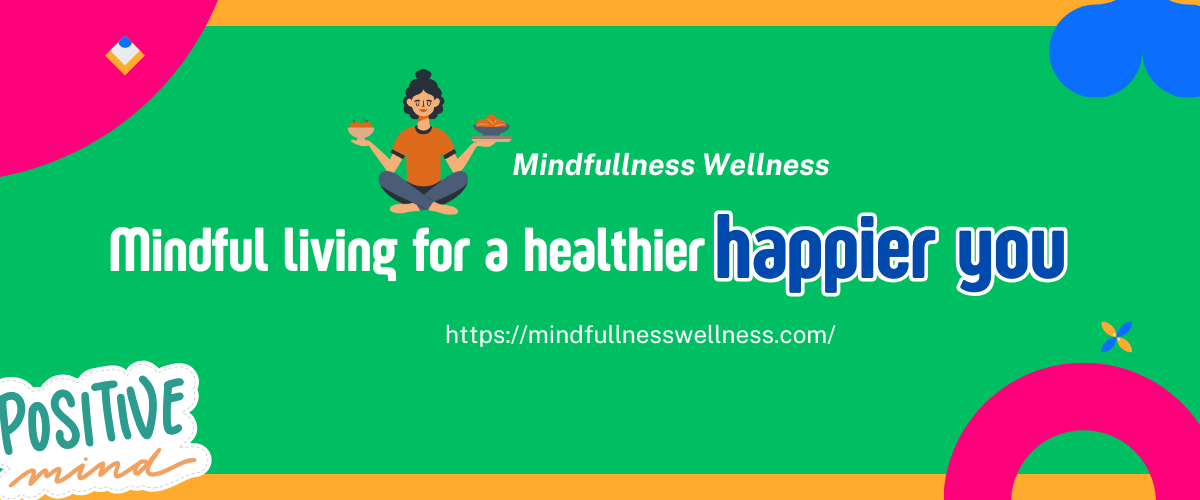In today’s fast-paced fitness world, it’s easy to get caught up in chasing numbers—more reps, heavier weights, faster times. But beneath the surface of high-intensity training lies a powerful and often underutilized tool: body awareness. Cultivating this internal connection turns ordinary workouts into mindful experiences that engage the whole self—body and mind.
What Is Body Awareness?
Body awareness, or proprioception, is your ability to recognize the position and movement of your body parts in space. It’s what helps you balance during yoga, maintain posture in a plank, or feel the alignment of your knees during a squat. The more aware you are of your body, the better your form, coordination, and overall performance become.
But body awareness goes beyond physical mechanics. It includes interoception—the awareness of internal sensations like breath, heart rate, or tension. Together, these systems shape how you move and how you feel while moving.
Why Cultivating Body Awareness Matters
- Injury Prevention: A tuned-in body knows when to push and when to pause, helping avoid strain or overuse injuries.
- Better Form and Technique: With awareness, you’re more likely to execute exercises correctly, maximizing benefits.
- Greater Exercise Efficiency: Intentional movement recruits the right muscles and reduces wasted effort.
- Mental Focus and Stress Reduction: A mindful approach calms the nervous system, turning your workout into a meditative practice.
7 Ways to Cultivate Body Awareness in the Gym
1. Warm Up With Intention
Instead of rushing through your warm-up, slow down and use it as a time to connect with your body. Perform mobility work, dynamic stretches, and breath-focused movements that activate your muscles while drawing attention inward.
2. Move Without Mirrors
While mirrors are helpful for checking alignment, try training occasionally without them. This forces you to feel your form rather than just see it, which sharpens internal cues and deepens body awareness.
3. Focus on Muscle Engagement
Before each set, take a moment to mentally connect to the muscles you’re about to use. Ask yourself: “Where should I feel this?” During the movement, stay tuned in to whether those muscles are activating. This builds neuromuscular connection and boosts strength.
4. Train at a Slower Tempo
Slowing down your reps gives your brain time to process each phase of the movement. You’ll develop better control, reduce momentum-based lifting, and improve form.
5. Use Breath as a Guide
Conscious breathing keeps you present and aligned. Inhale during the preparation phase of an exercise, and exhale during exertion. This rhythmic breathing supports both posture and focus.
6. Journal Your Movement Experience
After your workout, jot down how your body felt. Were there tight spots? Did you feel strong, tired, or light? This helps track subtle progress and identify patterns, building a habit of reflection.
7. Cool Down With Awareness
Instead of skipping the cool-down, use this time to deepen your connection. Gentle stretches, body scans, or lying in stillness can help you notice shifts in muscle tension and promote nervous system recovery.
Integrating Awareness into Every Workout
Whether you’re lifting, flowing through yoga, or walking on a treadmill, awareness transforms your routine. Instead of just going through the motions, you’re creating a feedback loop between your brain and body that improves movement quality, safety, and mental clarity.
For example, during a squat, feel the pressure in your heels, the tension in your glutes, the alignment of your knees. In a plank, notice your core activation, shoulder position, and breath. These small shifts in focus create a big impact.
Final Thoughts
Cultivating body awareness is not about perfection—it’s about presence. It’s learning to listen to your body’s language and responding with care and precision. Over time, this practice enhances your physical results, but more importantly, it creates a sense of respect and harmony with your body.
So next time you step into the gym, bring your mind along for the ride. In every movement, there’s an opportunity to deepen awareness, improve performance, and turn your workout into a powerful act of self-connection.
Takeaway: Movement isn’t just about doing—it’s about feeling. Train with awareness, and every workout becomes a practice in living more consciously.







